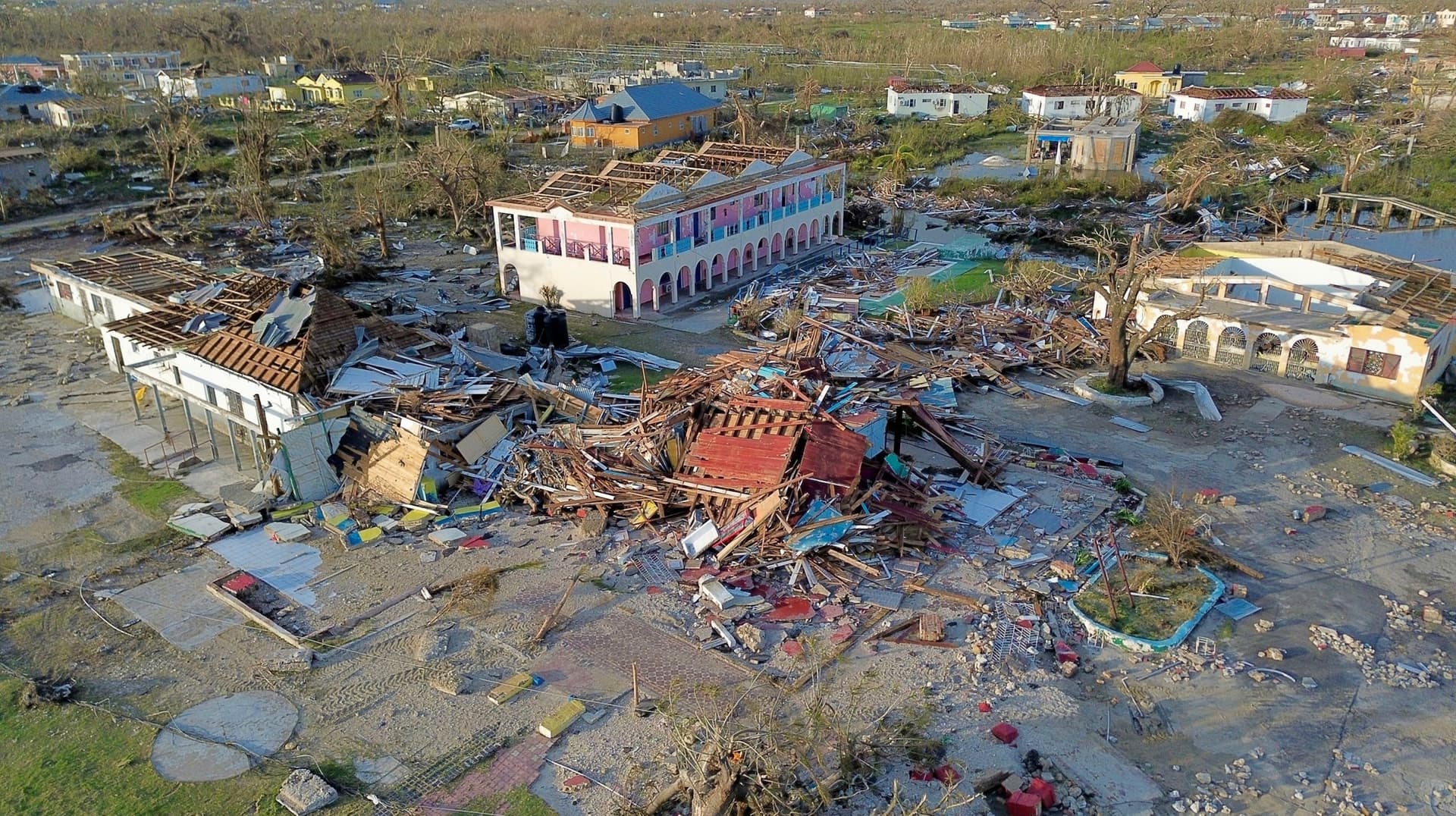Washington resident dies, first confirmed human H5N5 bird flu case raises alarm
Washington state officials reported that an older adult from Grays Harbor County has died after infection with an H5N5 avian influenza virus, the first confirmed human case of that variant worldwide, prompting stepped up monitoring and guidance for people who handle birds. While authorities say the immediate risk to the general public remains low and there is no evidence of sustained human to human spread, the case highlights gaps in surveillance, worker protections, and support for rural communities.

Washington state health officials announced on November 22 that an older adult from Grays Harbor County who had been hospitalized in early November died after infection with an H5N5 avian influenza virus, marking the first confirmed human infection globally with that variant. Environmental testing linked the infection to the person’s backyard mixed flock, with samples testing positive, indicating poultry or exposure to wild birds as the most likely source.
State and federal health authorities including the Centers for Disease Control and Prevention said investigations are ongoing and that close contacts of the case are being monitored. Officials emphasized that at this point there is no evidence of sustained human to human transmission and that public health agencies currently assess the risk to the general public as low. Public health guidance urges people who handle birds to take precautions and to seek testing if they develop respiratory symptoms after bird exposure.
Laboratory analysis has shown that H5N5 differs from the previously known H5N1 avian influenza by certain viral proteins. To date scientists say these differences do not indicate a higher population risk, but the novel human infection underscores the continued need for genomic surveillance and rapid contact tracing when zoonotic transmissions occur.
The case sheds light on broader public health and social equity challenges. Backyard poultry ownership has increased in recent years, particularly among rural and economically vulnerable households that rely on small flocks for food and income. In communities such as Grays Harbor County, access to rapid testing, paid sick leave, and occupational protections for agricultural and poultry workers is uneven, increasing the potential for delayed recognition of zoonotic infections and worsening outcomes among those with limited health care access.
Public health experts note that prevention relies not only on laboratory capacity but also on accessible education, resources, and compensation for people who must quarantine or cull infected flocks. Strengthening farm worker protections, expanding outreach to noncommercial bird owners, and ensuring equitable distribution of personal protective equipment and veterinary support are practical policy steps that can reduce both human risk and the economic burden on affected households.
The confirmation of a human H5N5 infection follows years of sporadic avian influenza events in birds across the United States and globally. Health agencies say routine surveillance of wild and domestic birds remains crucial, especially during migratory seasons that can introduce new viral strains into local flocks. Ongoing genetic analysis will be key to detecting any changes that might affect transmissibility or disease severity in humans.
For now, officials are urging ordinary precautions: maintain good hygiene around birds, keep sick or dead birds away from people, and report unusual bird illnesses to state wildlife or agricultural authorities. As investigators continue their work, the case is a reminder that zoonotic diseases intersect with social and economic realities, and that protecting public health requires both scientific vigilance and policies that support the most vulnerable communities.

